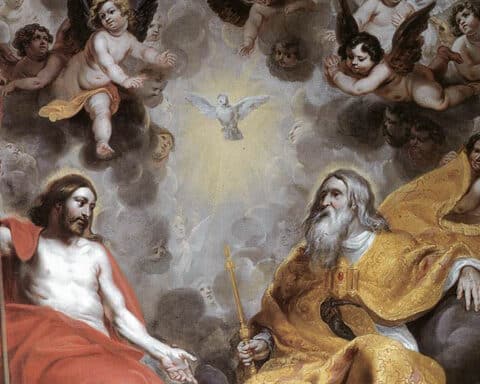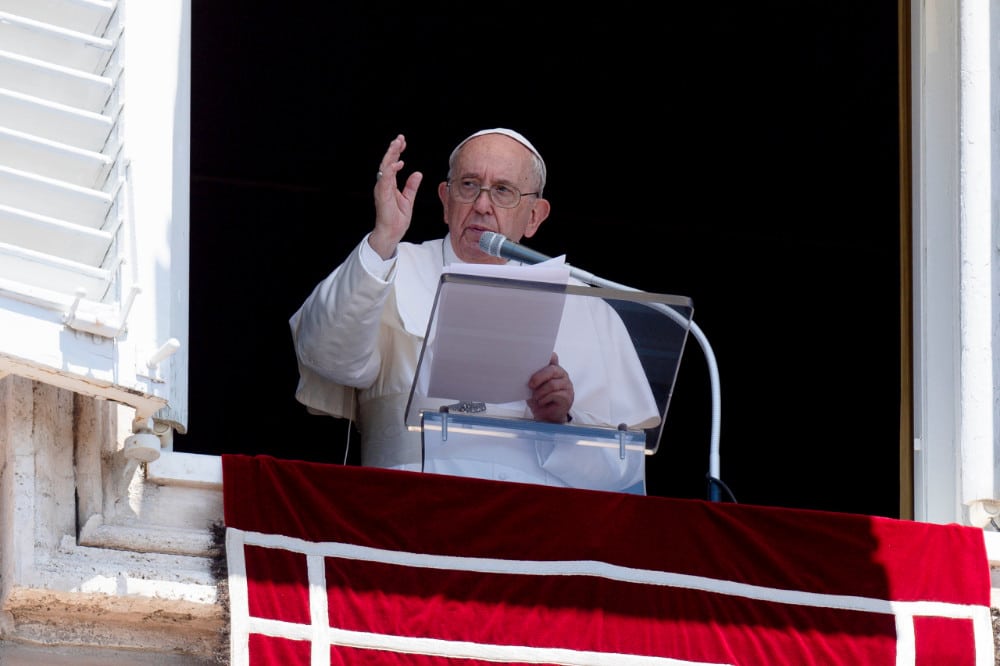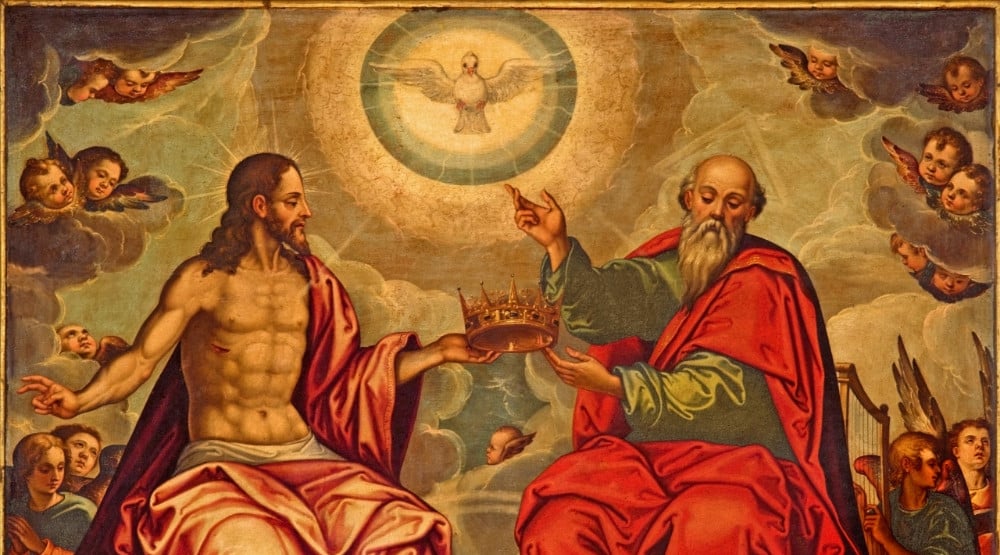There are two exaggerations typically made by preachers on Trinity Sunday.
The first mistake overemphasizes the mysterious nature of the Trinity as incomprehensible to human understanding. How can we make sense of three persons in one God? We can’t, so it’s a mystery. Three doesn’t normally equal one. But we’re talking about God, so don’t worry about it.
The second mistake is that of the ethical rationalist who bypasses the doctrine of the Trinity to obtain a truth accessible to reason. The Trinitarian profession shows us that God is an eternal communion of love. The Trinity is a symbol of the communion that each of us is called to. Why worry about hypostases?
Yes, it’s impossible for us to fully comprehend God. Yes, we’re called to a radical love revealed by the Trinitarian communion. But both these approaches to the doctrine of Trinity bypass divine revelation. It is only within the very kerygma of the Gospels, the proclamation of Jesus Christ as Son of the Father, that we can answer the question, “Why the Trinity?”
| The Solemnity of the Most Holy Trinity – June 16, 2019 |
|---|
|
PVR 8:22-31
PS 8:4-5, 6-7, 8-9 ROM 5:1-5 JN 16:12-15 |
In the Gospel of John, Jesus speaks to his disciples about a truth that they are unable to bear at the time. It is a truth that they cannot yet understand. Jesus promises that the Spirit will come. It is the Spirit that will initiate the disciples into the fullness of this truth. He does not speak as an autonomous agent. The Spirit speaks only of what the Spirit has heard.
Where has the Spirit heard these things? From the Son, for the Spirit is a gift of the Son. The Spirit also has heard these things from the Father, for the Father and the Son possess all things in common.
Jesus’ words are puzzling. Perhaps, it’s the doctrine of the Trinity — the very word that the disciples could not hear at the time — that can make sense of Jesus’ words.
The Father and the Son are not two gods. The Son is not the quasi-god in relationship to the Father. All that the Son has and is has been received from the Father. He is “God from God, light from light, true God from true God,” as we recite in the Nicene Creed.
In this eternal difference, there is the presence of a gift. The Father has given all to the Son outside of time. The Son has given all to the Father outside of time. In Jesus Christ, the Word made flesh, we encounter this eternal love of the Father and the Son.
But what does an eternal gift of love look like in God? Such love is eternally fruitful and creative. It is the love of the Spirit, a love that is the eternal fruit of the self-giving love of the Father and the Son.
The doctrine of the Trinity, therefore, is the promise that women and men are initiated through the Spirit into a love that is not self-created. It is begotten: a love from the Father and the Son. It is the radical claim that God is love, a love that created, redeemed and now sanctifies the entire created order.
The fullness of the Trinity is revealed on the cross. There, we see the Son who has fulfilled his mission of love to the Father, who loved humanity to send the Son. There, we see the Son breathe the Spirit to renew creation.
And now here, in this Church, we participate in this gift of love.
Glory to the Father, to the Son and to the Holy Spirit.
Timothy P. O’Malley, Ph.D., is director of education at the McGrath Institute for Church Life at the University of Notre Dame.





